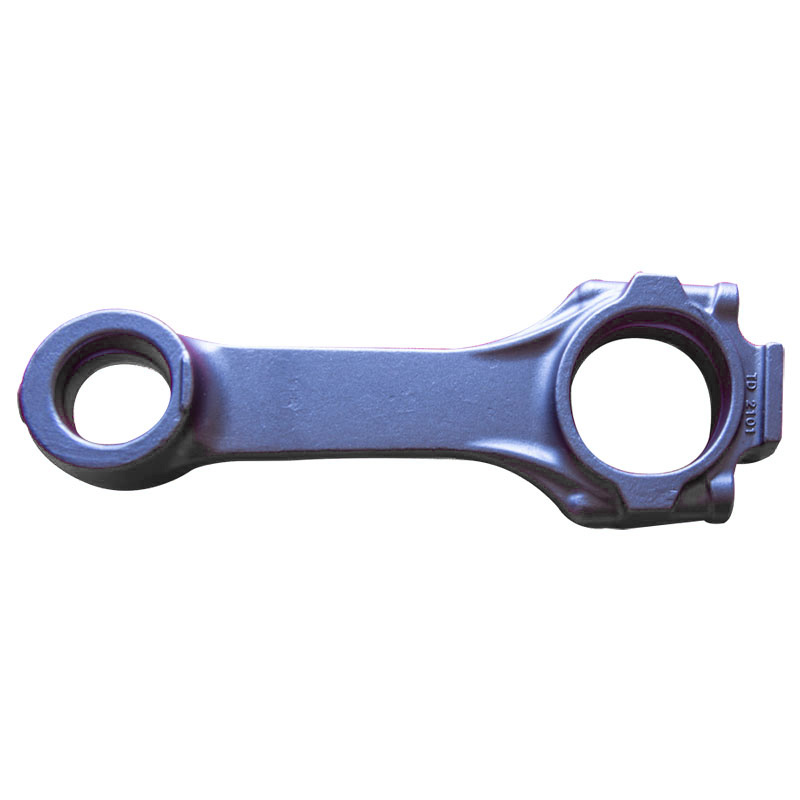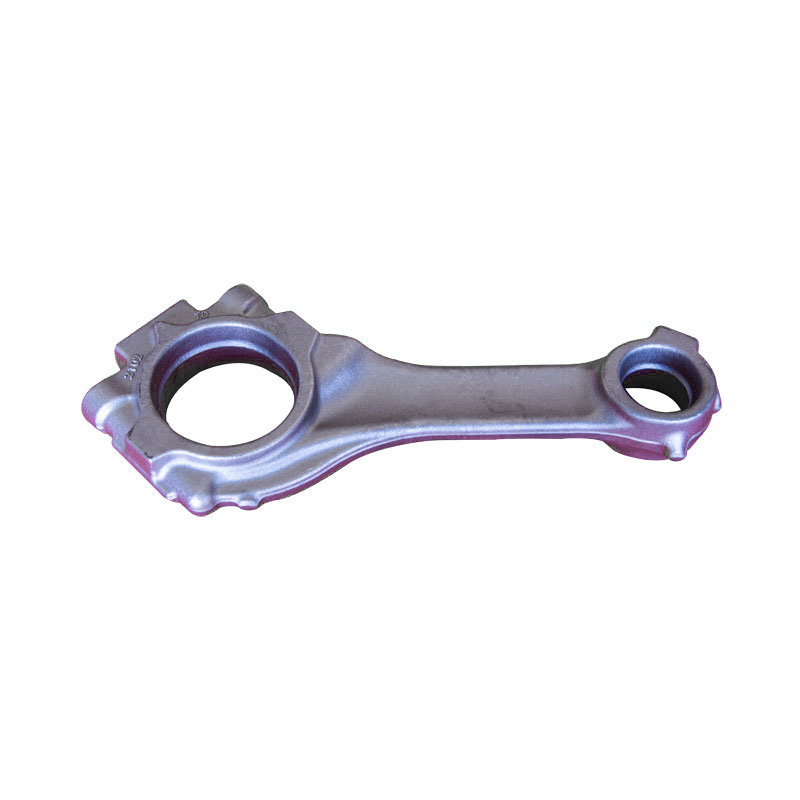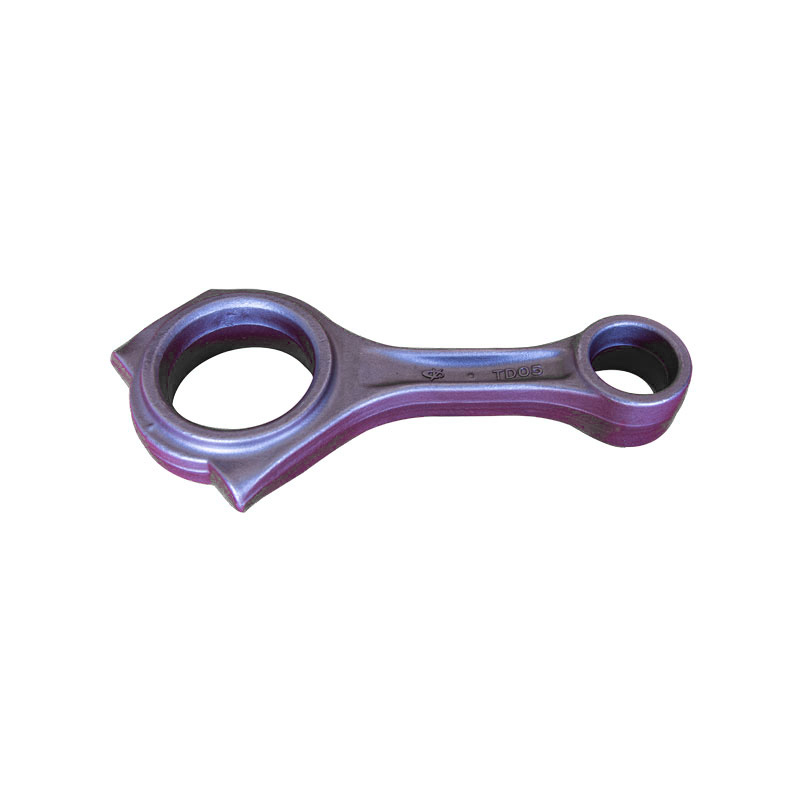Geometrical characteristics of friction surface of forging blank
2022-06-06
Forging dies and forging blanks, like other mechanical parts, are produced by cutting, electroworking, forging, rolling, extrusion, welding, casting, grinding or polishing. Different machining methods will cause different surface waviness and roughness of parts.
1, ripple degree
Roughness is a kind of uneven surface in a short distance (usually 2Mm~800Mm), which is usually the most important surface feature in tribology.
There are many kinds of evaluation parameters to represent the surface roughness, among which the commonly used are: Contour arithmetic mean deviation island (arithmetic mean of absolute value of contour deviation distance), micro-unflatness ten-point height house (arithmetic mean of sum of five maximum contour peak height and five maximum contour peak valley average), contour maximum height Rmax (between contour peak line and valley low line) ), the average distance between micro unevenness of contour Sm (the average distance between micro unevenness of contour), the average distance between single peak of contour S (the average distance between single peak of contour), and the ratio of contour support length to sampling length. For the meaning of each parameter, see GB 3503-83. In addition, root mean square deviation (RMS) of contour is commonly used to represent surface roughness.
1, ripple degree
Waviness is defined as the geometric shape formed by the periodic peaks and troughs of waves. The waviness wavelength is much larger than the waviness height, usually more than 40 times the ratio. This kind of corrugancy is often caused by uneven cutting feed, uneven cutting force or machine tool vibration. It has some effect on friction, but it's not important.
Roughness is a kind of uneven surface in a short distance (usually 2Mm~800Mm), which is usually the most important surface feature in tribology.
There are many kinds of evaluation parameters to represent the surface roughness, among which the commonly used are: Contour arithmetic mean deviation island (arithmetic mean of absolute value of contour deviation distance), micro-unflatness ten-point height house (arithmetic mean of sum of five maximum contour peak height and five maximum contour peak valley average), contour maximum height Rmax (between contour peak line and valley low line) ), the average distance between micro unevenness of contour Sm (the average distance between micro unevenness of contour), the average distance between single peak of contour S (the average distance between single peak of contour), and the ratio of contour support length to sampling length. For the meaning of each parameter, see GB 3503-83. In addition, root mean square deviation (RMS) of contour is commonly used to represent surface roughness.




X
We use cookies to offer you a better browsing experience, analyze site traffic and personalize content. By using this site, you agree to our use of cookies.
Privacy Policy



